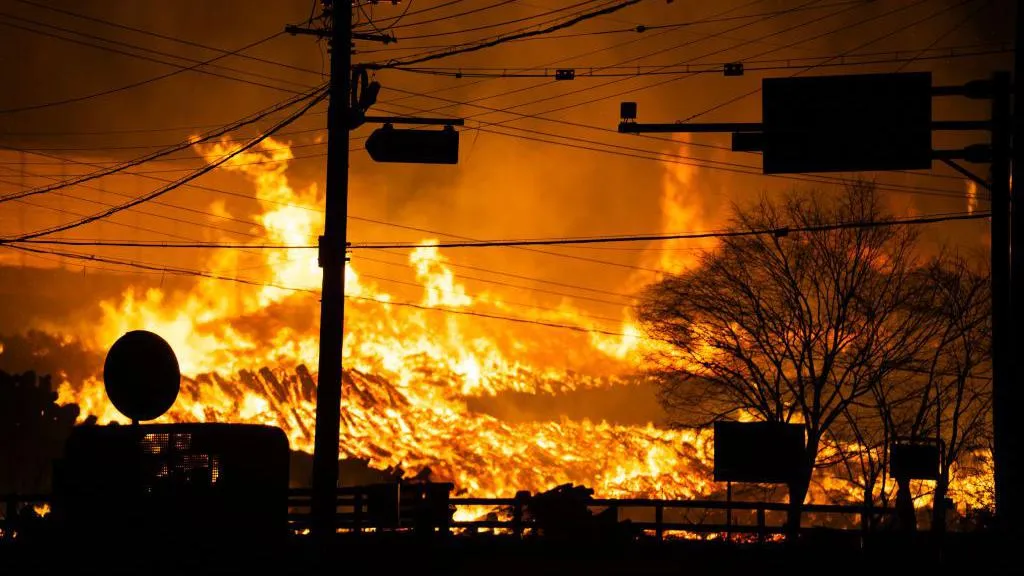
South Korea is battling unprecedented wildfires that have killed at least 24 people and forced over 23,000 to evacuate, with authorities describing the crisis as “rewriting the record books” for the worst fires in the nation’s history.
Most victims are in their 60s and 70s, with 26 people injured, including 12 in critical condition. The fires began in Sancheong county on Friday and rapidly spread to multiple southeastern counties, fueled by strong, dry winds.
Acting President Han Duck-soo characterized the situation as critical, with fires advancing through Andong, Cheongsong, Yeongyang, and Yeongdeok counties. Forest disaster expert Lee Byung-doo described the Uiseong blaze as spreading at an “unimaginable” scale and speed.
Approximately 17,000 hectares of forest have been destroyed, making these the third-largest fires in South Korea’s history by area. The fires gutted the 1,300-year-old Gounsa temple in Uiseong, including a Buddhist architectural structure from the Joseon Dynasty deemed a national treasure.
Thousands of firefighters and 5,000 military personnel have been deployed to contain the blazes, supported by US military helicopters. The national fire agency raised the crisis to its highest response level for the first time this year.
Eyewitnesses described the devastation in stark terms. Truck driver Lee Seung-joo said the mountains burned like “literal hell,” while a 68-year-old monk expressed devastation at the temple’s destruction.
Weather conditions have exacerbated the crisis. South Korea is experiencing unusually dry conditions, with 244 wildfires already this year – 2.4 times more than the same period last year. Limited rainfall is forecast, with only 5-10mm expected on Thursday.
Acting President Han promised a thorough review of the wildfire response once the crisis is controlled. The government plans to strengthen enforcement against illegal burning and individual carelessness.
A firefighting helicopter crashed in Uiseong county’s mountains on Wednesday, with authorities investigating the cause. The ongoing crisis has highlighted the challenges of managing extreme environmental conditions.
The government remains committed to improving prevention strategies, with Han noting the tremendous resources required to extinguish wildfires and the danger posed to human lives.



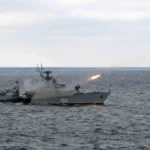

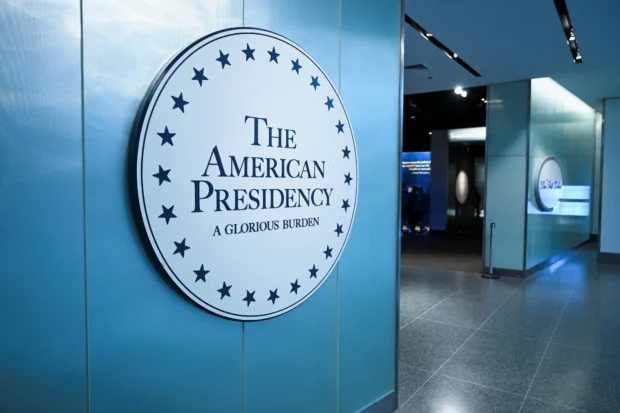
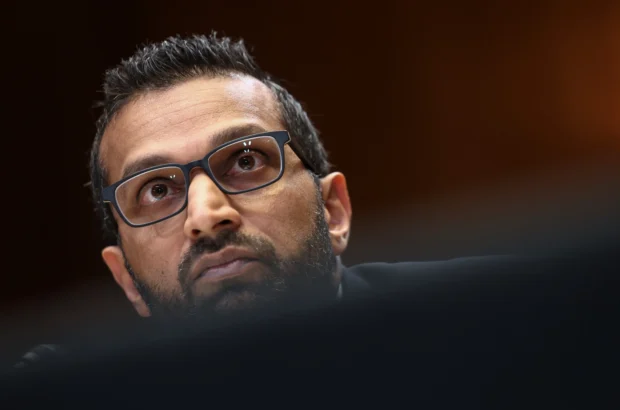


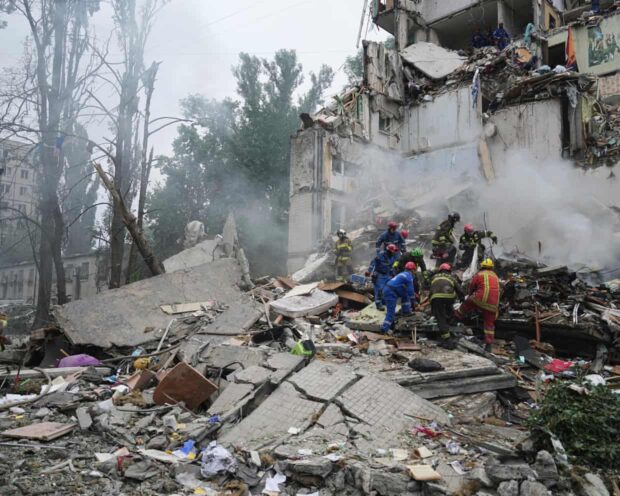

Be the first to leave a comment